Price: $76.95 - $49.42
(as of Nov 01, 2024 19:36:47 UTC – Details)

A visual, real-world guide to professional lighting design
Lighting Design Basics is the essential guide to this basic, but difficult-to-master aspect of interior design. Offering fundamental concepts and prescriptive techniques in a highly visual format, this book provides clear, practical guidance on utilizing the latest in lighting techniques and technology to showcase a space without sacrificing utility. Covering more than 25 different design scenarios with in-depth rationale for proposed solutions, this book provides insightful distribution diagrams, floor plans, and details for lighting installation and construction. Real-world case studies illustrate lighting design in residential, commercial, healthcare, education, and hospitality settings, and skill-building exercises offer practice for real-world projects as well as NCIDQ and NCARB exam preparation. This new third edition includes new instructor support materials, coverage of computer calculation software, and in-depth discussion on the latest in LED lighting.
Lighting is changing, both in the technology itself, and in the way a designer must approach it. This book provides immersive instruction through real-world settings, and practical guidance suited for immediate application in everyday projects.
Get up-to-date on the latest methods and technology for lighting designExamine more than 25 design scenarios for different types of spacesComplete exercises to hone your skills or prepare for the NCIDQ or NCARBCreate simple lighting designs and collaborate with architects on complex projects
Lighting can make or break a space. Improper lighting lends a space an uncomfortable feel, can induce headaches or eyestrain, and can even be hazardous―but thoughtfully designed and executed lighting adds that extra element so often missing from typical spaces. Lighting Design Basics shows you how to elevate any space through the fundamental tools and concepts of professional lighting design.
Publisher : Wiley; 3rd edition (September 25, 2017)
Language : English
Paperback : 272 pages
ISBN-10 : 1119312272
ISBN-13 : 978-1119312277
Item Weight : 1.84 pounds
Dimensions : 8.4 x 0.6 x 10.8 inches



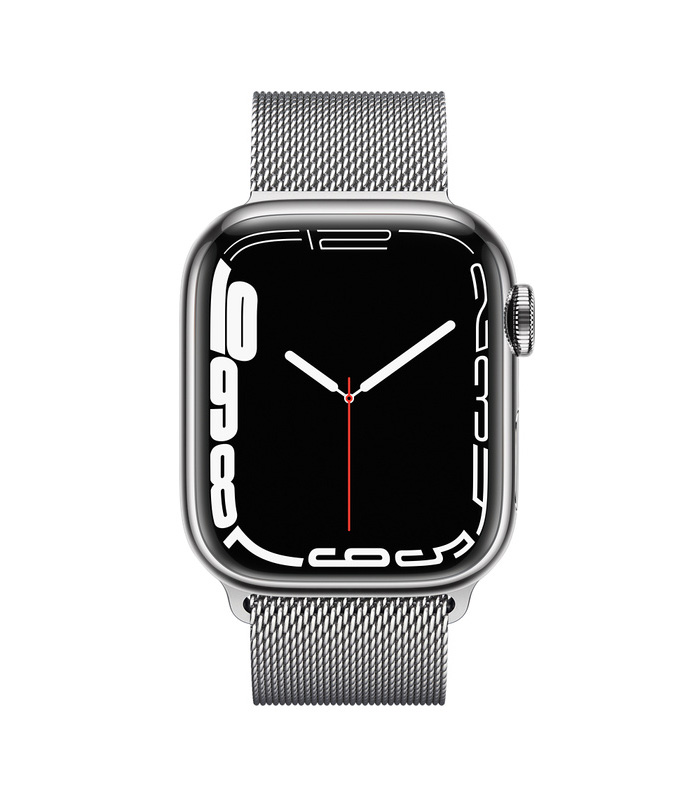
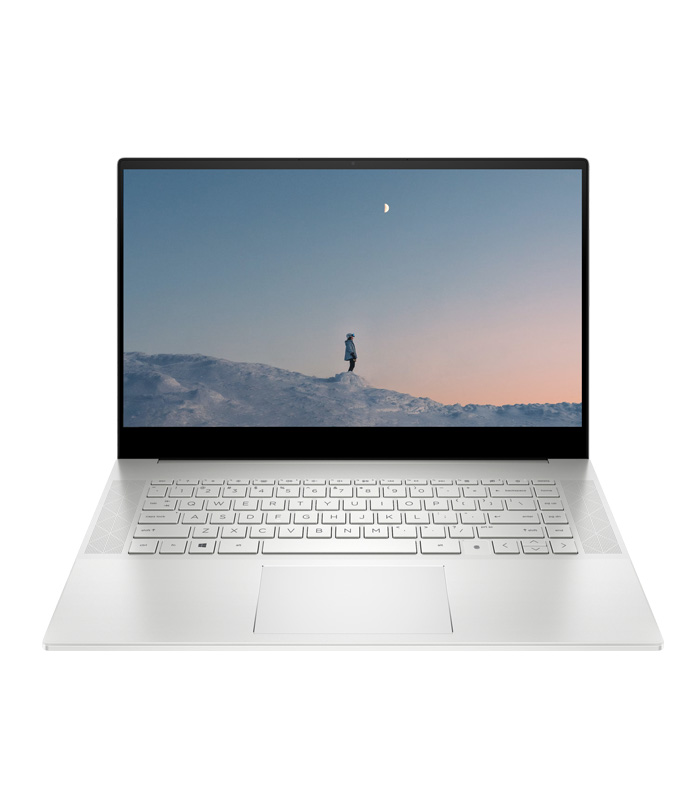
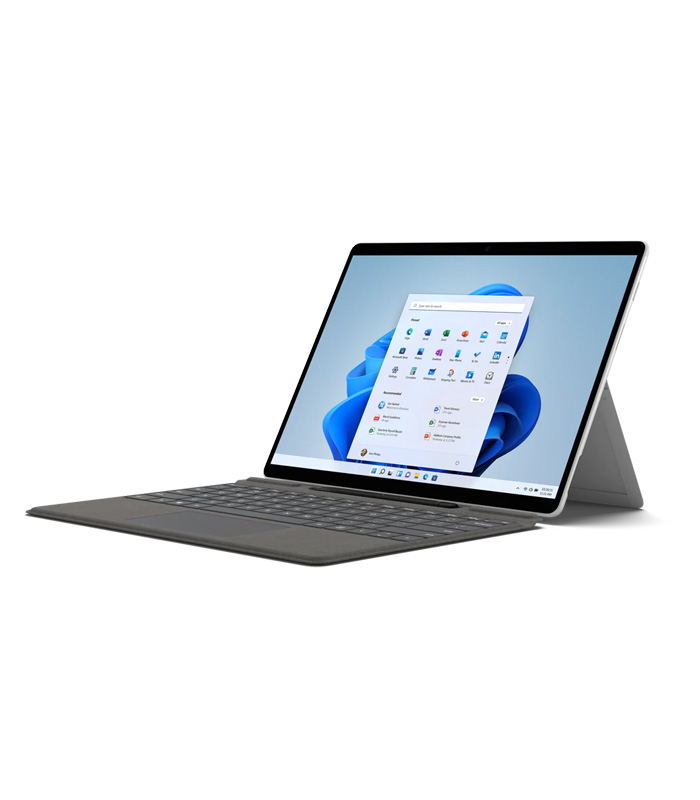
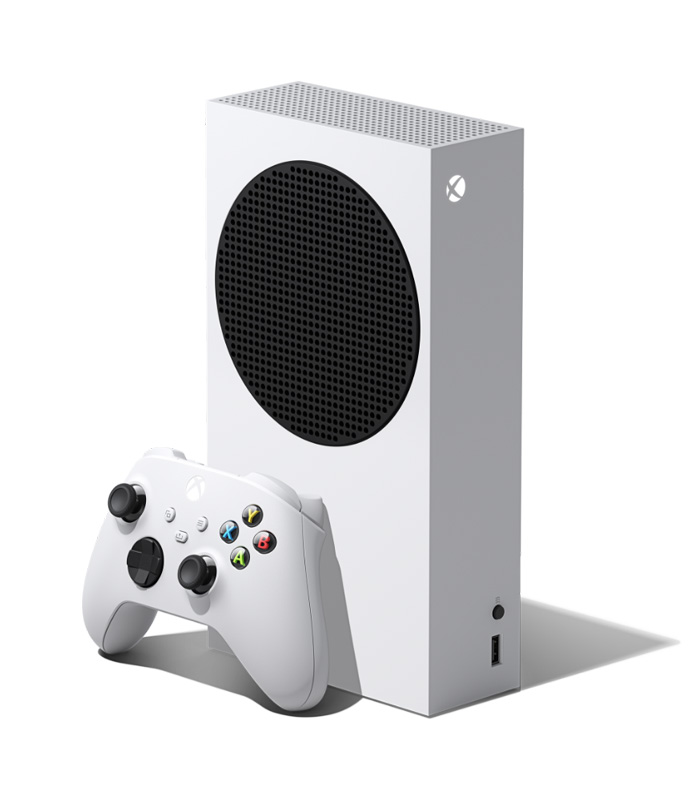



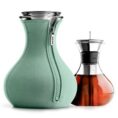
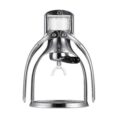
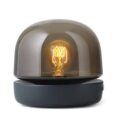









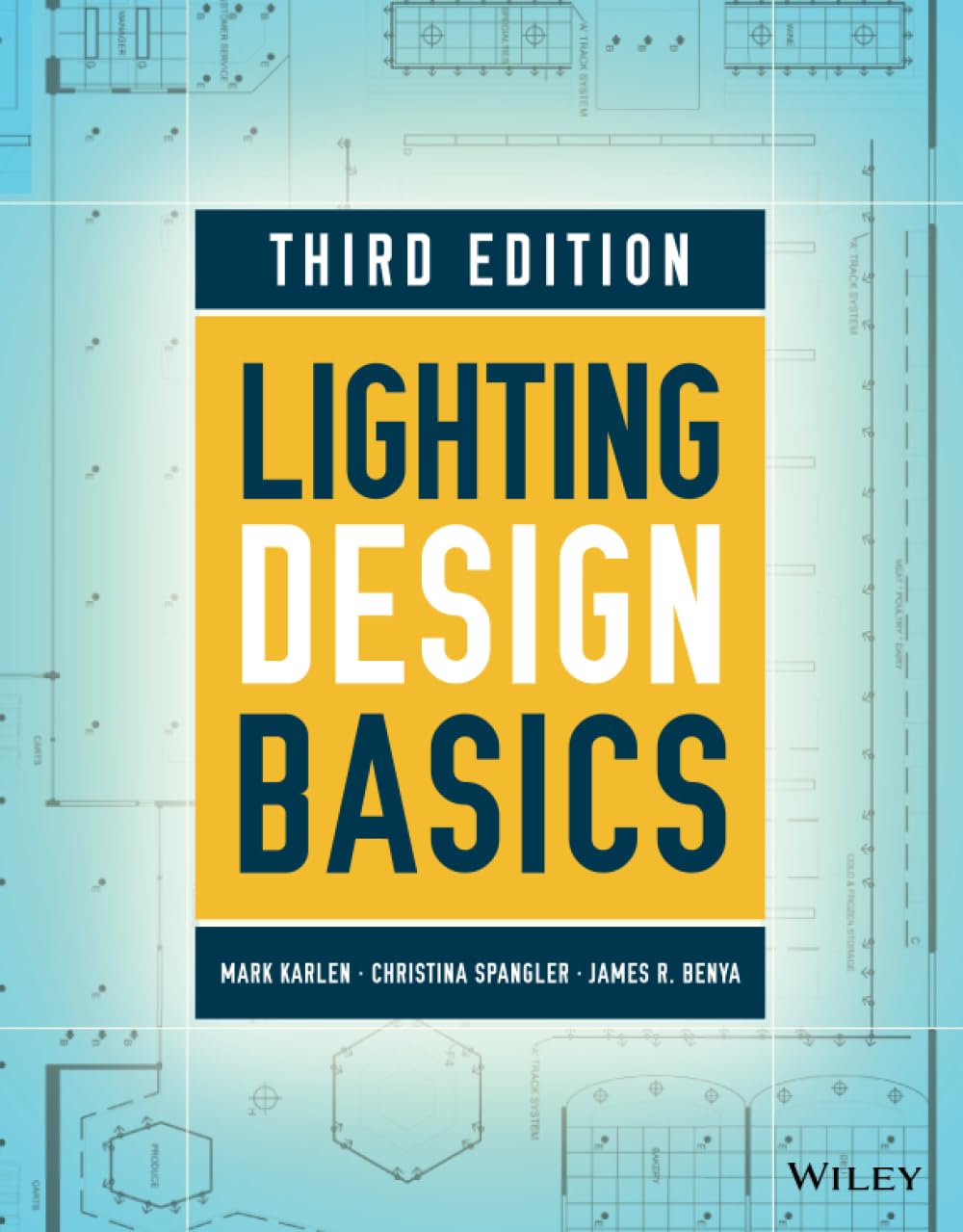
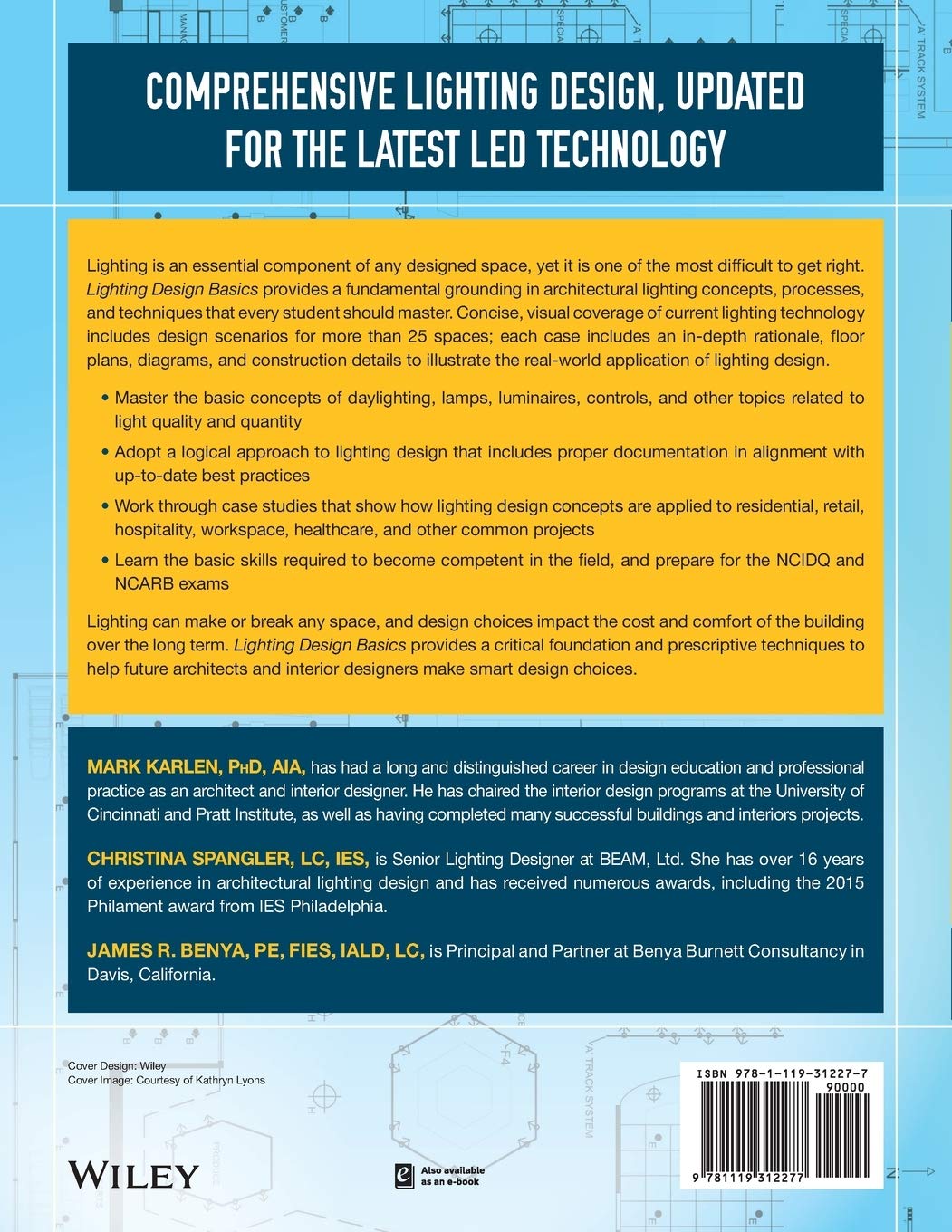
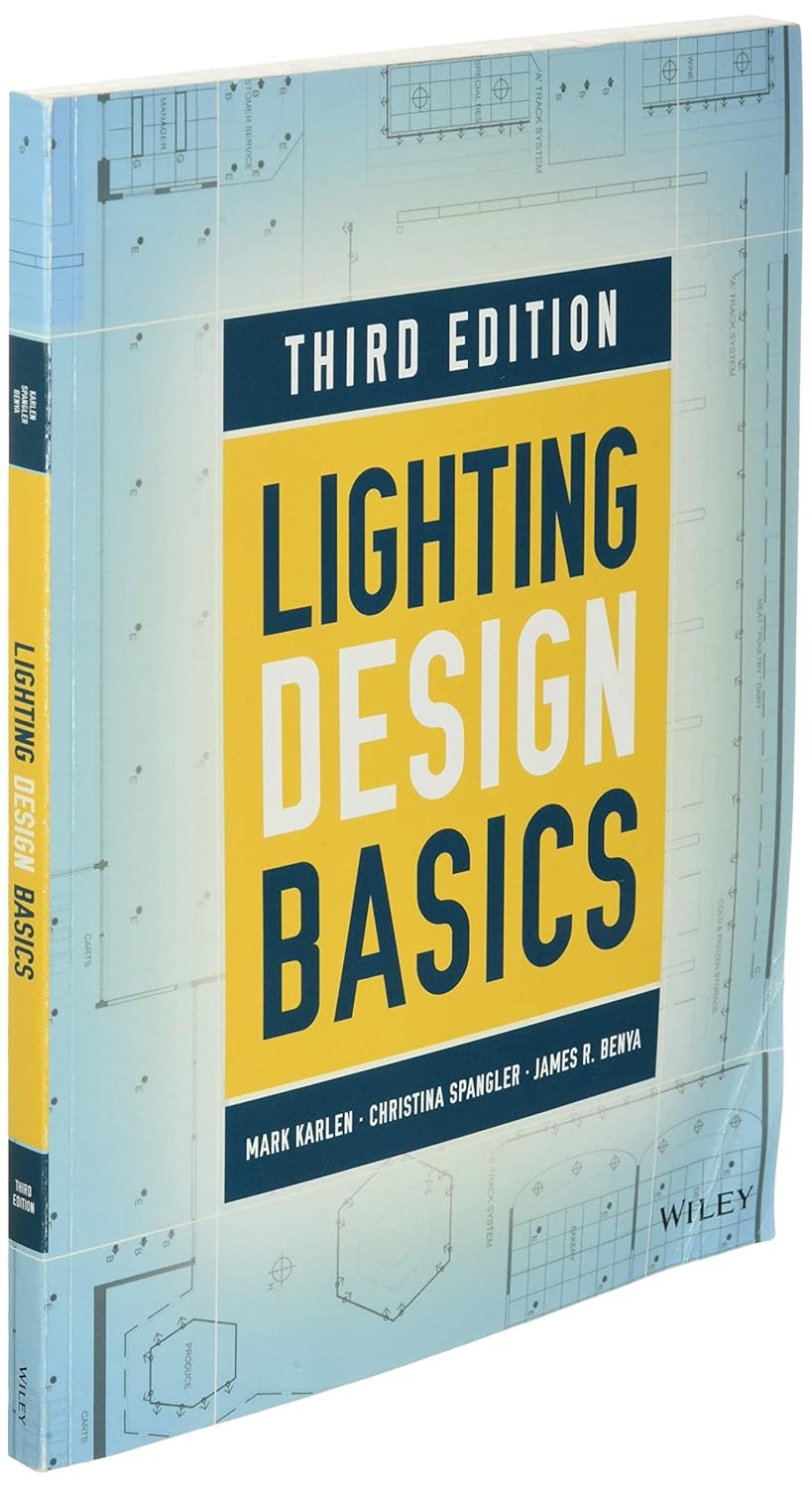
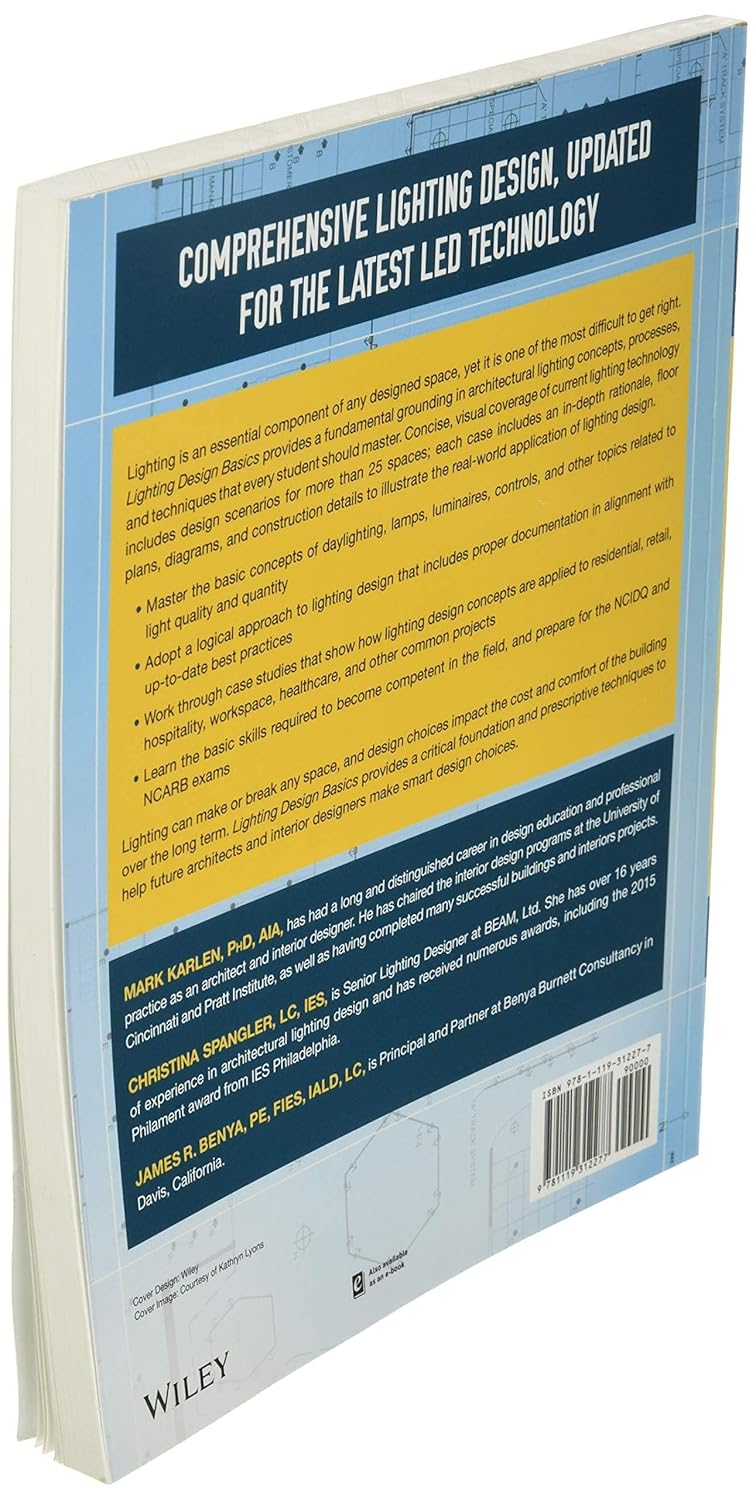
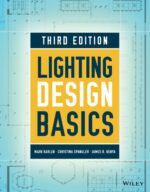
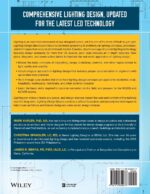
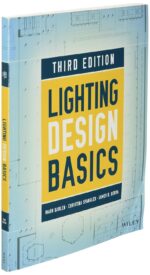
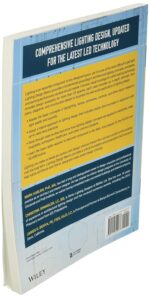







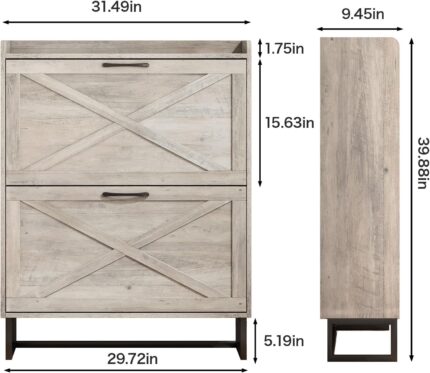

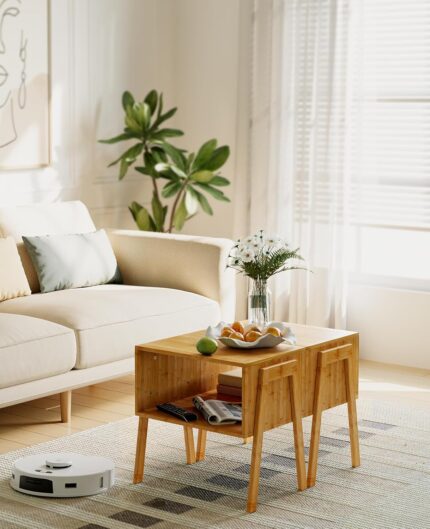
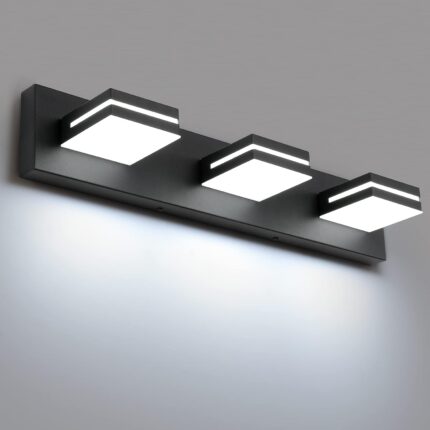
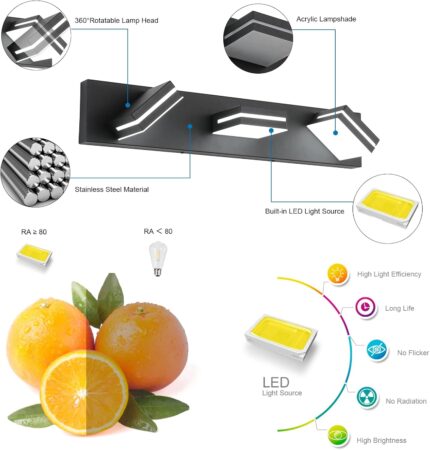
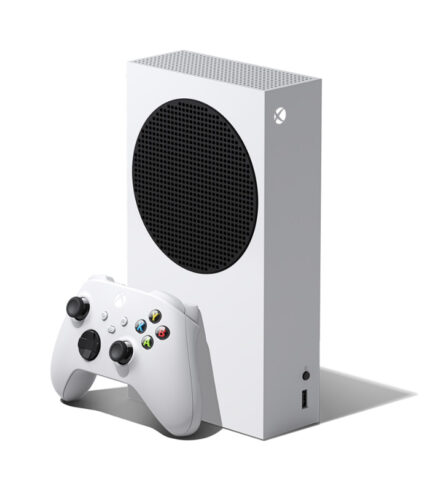

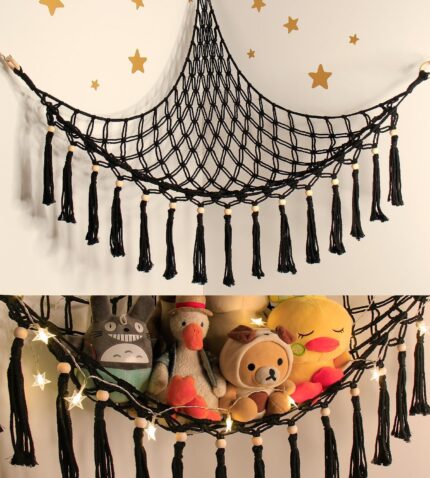
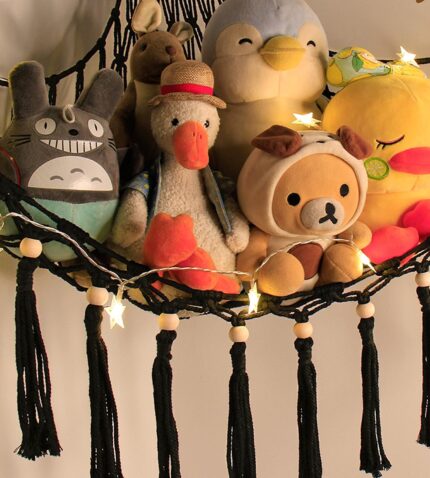
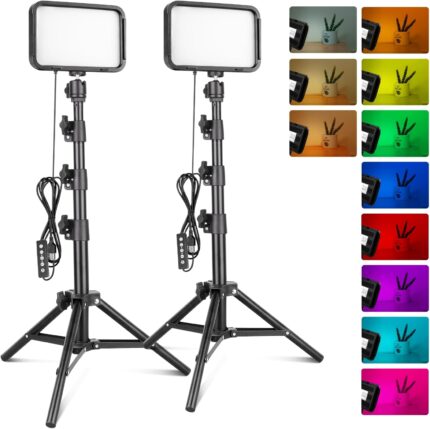
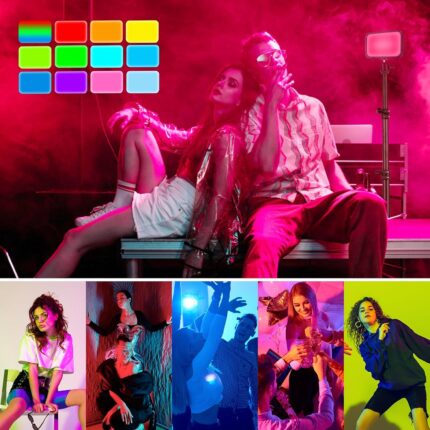



Oliver Rivera –
Amazing fast Delivery and accuracy of product.
I have just received my Lighting Design Basics 3rd edition. The book comes brand new. It is an amazing book. My packages also arrive before the expected time which is awesome. Te whole service and product is worth the money you are paying.
dahlia –
Buy it for interior designer beginners
Very good book I rented it then I bought it because it was good
A. Ford –
Good Basic Lighting Design
Very good basic lighting design book. It helped me do a preliminary lighting design for a project I was working on.
Patty –
Very organized and informative
It very easy to read and understand and has good graphics.
piper –
Informative Textbook
Great for anyone unfamiliar with lighting quality and the various lighting types
Rhonnie –
Five Stars
Needed the book for school. Arrived on time not damaged. Thank-you!
mirasreviews –
Usefulness Depends on How Much You Need to Know and What Space You’re Working In.
“Lighting Design Basics” is aimed at students and professionals in architecture, interior design, and related fields who need to understand lighting design for typical rooms and spaces and need to communicate with lighting design professionals about lighting solutions for complex rooms and spaces. The emphasis is on design; lighting technology is only covered to the extent that it serves this book’s purpose in imparting a conceptual understanding of lighting design. The authors present their information in four parts, two of which constitute the substance of the book: “Basics About Lighting” covers the technologies, the options, and the calculations of lighting design. “Applications and Case Studies” presents examples of full lighting designs with diagrams and explanations.The book’s first part, “Basics About Lighting”, explains layered lighting design, color temperatures and color rendering indices (CRI) of different light sources, daylighting, different types of lamps (primarily incandescent, halogen, fluorescent, LED), choices in luminaries, lighting controls, how to calculate the quantity of light, and a spare chapter on quality of light. This is followed by two chapters that take the reader through the design process in four steps and explain how to document your lighting design so that others may understand it. Blue boxes entitled “Electrician’s Notebook” feature prominently in Parts 1 and 2 and in one chapter in Part 3. These provide additional and more detailed technical information on whatever subject is being addressed.”Applications and Case Studies” is the book’s third part. It offers detailed descriptions and diagrams of lighting design for residences, work spaces, educational facilities, health care facilities, retail stores, the hospitality industry, common spaces, outdoor lighting, and some basic advice on retrofitting. Each chapter begins by describing the conditions and challenges particular to lighting that particular type of space. Work spaces, residences, and the hospitality industry get the most attention. Residential lighting features prominently here, while it is neglected in the rest of the book, but I was disappointed in the example, which featured ugly, inadequate lighting dominated by recessed downlights. The lights in the bedroom plan on p. 143 are mislabeled, and there is an incorrect photo on p. 203.The last part, “Professional Skills”, further discusses documenting the design, at what stage in the overall design project lighting steps should occur, how to deal with substitutions and unique products, and how to choose a lighting designer for atypical spaces. “Lighting Design Basics” usefulness will depend upon your purpose. I am more interested in learning about options in residential lighting, which is not this book’s strong suit. Uplighting is barely mentioned, as it’s not useful in the spaces that receive most of the authors’ attention. I would appreciate more photographs of finished rooms, so I could see what the lighting looks like. The authors recommend LEDs for residential use, but there is concern about their impact on circadian cycles and possibly on vision.
Genial –
Todo Perfecto!
Perfecto
Bernardo Luque Hernandez –
Su sencillez y facilidad de comprensión